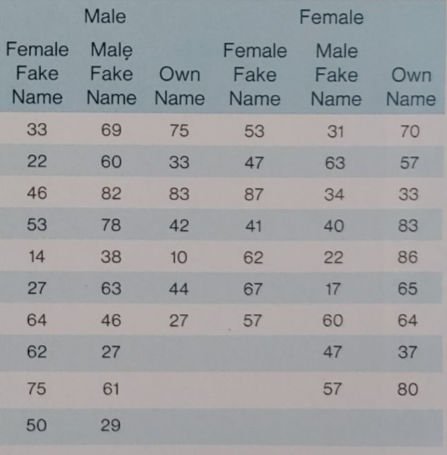Math 338 Lab one Visualizing and Interpreting data
The goal of this lab is to start getting you comfortable using the Rguroo point-and-click interface and using the software to help visualize and interpret data.
Part I. Eye Color Dataset
For this part of the lab, we will explore the graphical features of Rguroo using the dataset called HairEyeColor. This dataset can be found on Titanium. Download the dataset to your desktop. In Rguroo in the left hand column select the dropdown Data, then select Data Import. Within Data Import select Data Frame, then select the file and select Upload.
Question #1 Once you have imported the data, then if you double click on the dataset name the raw data will show up. If you right click on the dataset name there are many features, one of which is the summary function. Using these features answer the following questions.
(a) How many variables are there in this dataset?
(b) Are the variables quantitative or categorical?
(c) Specifically name one of the variables, and state what values it can take.
(d) How many cases are in this dataset?
Question #2 Now let’s look at only the variable of Eye color and obtain a barplot of the values. Do this by clicking on the drop menu for Create Plot and select Barplot. We first need to select the dataset by clicking the drop down menu of Select a Dataset; choose HairEyeColor. Switch from Numerical/Freq tab to Categorical tab. Select the Factor 1 drop down menu and click on Eye. Now, click on the Relative Frequency selection. Fill in the Labels for the Title, X-Axis, and Y-Axis. Click on the eye icon to view the bar graph.
Copy the Barplot and paste it below.
Question #3 You can add the specific percentage of each category as well as other features by clicking on the Details tab. To add the specific percentages, go to Bar, Value Labels, Error Bars and select Add Value Labels. Press the eye icon to see the change.
Copy the new more detailed Barplot and paste it below.
Question #4 Based on your Barplot in the previous question, which category has the most people? Which has the least?
Question #5 We can also look at the Eye as a Factor of Gender. This would allow us to visually compare the distribution of Eye Color of males and females. To do this click on the Basics tab, and select Sex for the Factor 2 box and select the eye icon.
Copy the Barplot with eye color and gender and paste it below.
Question #6 Which color is most prevalent for females; which color for males?
